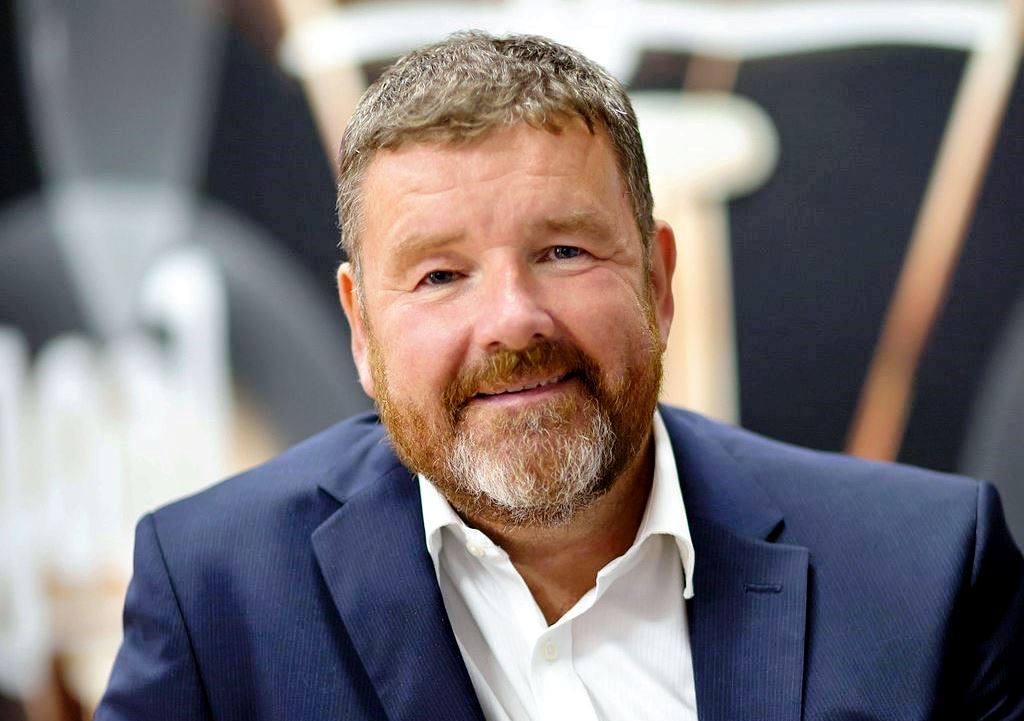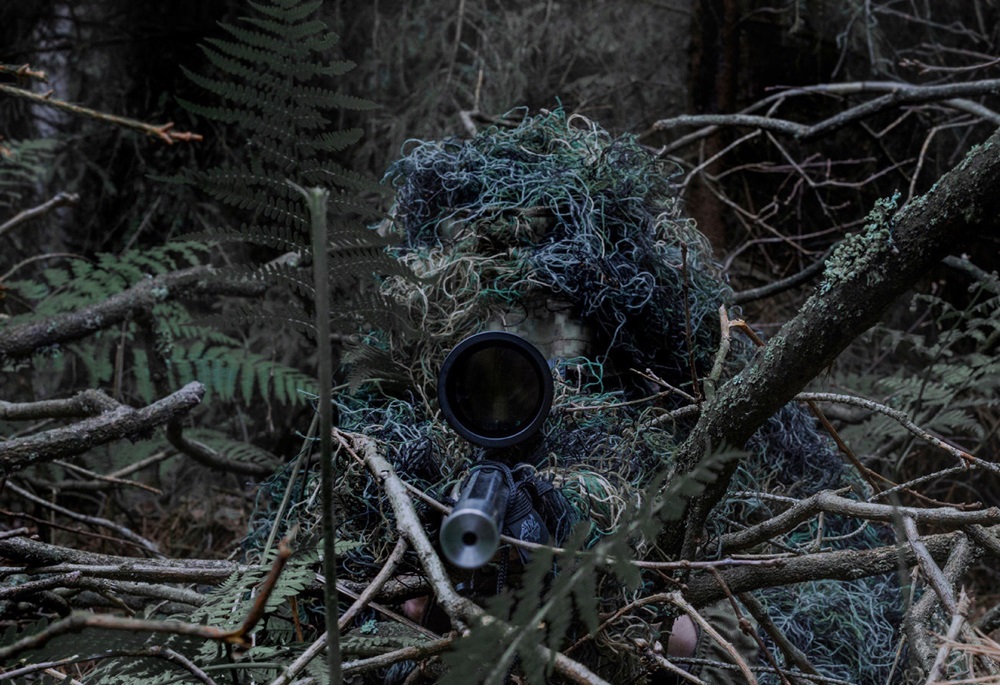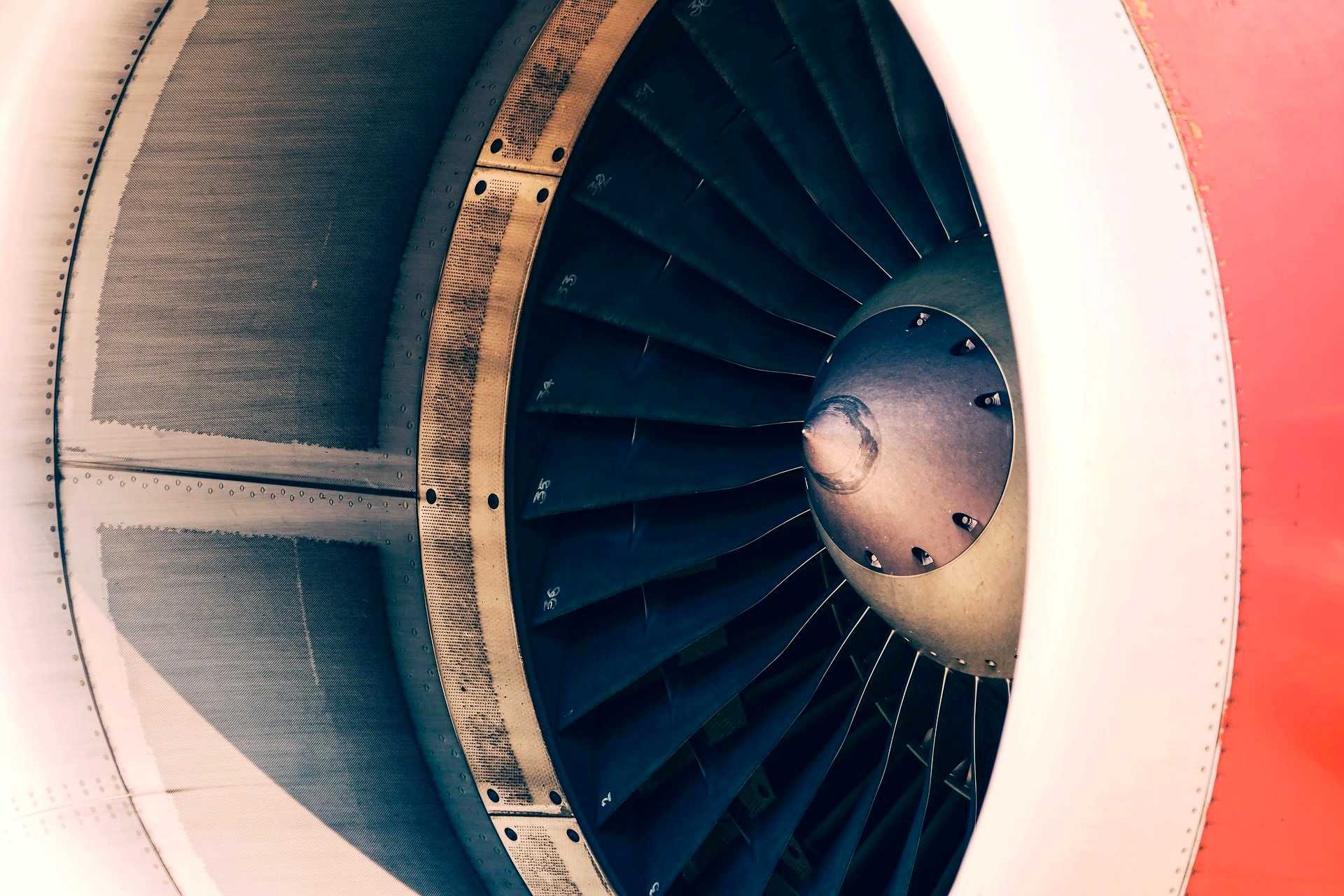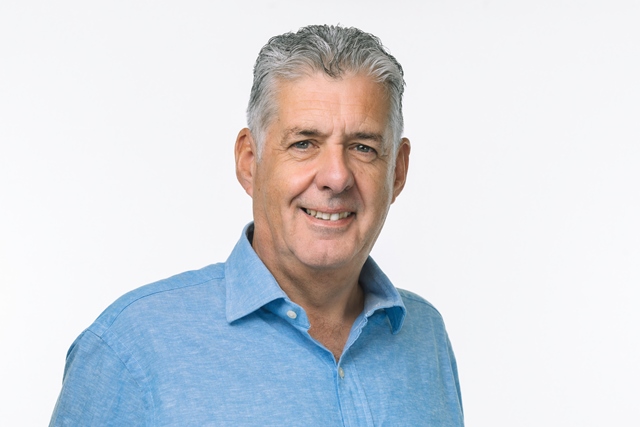Urban mobility lessons from the Wright Brothers

Courtesy Animal Dynamics
On 17th December 1903, the Wright Brothers made history, changing aviation and the world as we know it. They were bold, ambitious, and approached problem solving in a different way to others before them. They were the first inventors to understand that much like a bike, an airplane’s movement must be constantly controlled on three axes—horizontal, vertical and lateral.
To build their aircraft, they first concentrated on how to maintain balance and control and they famously looked to nature for inspiration. They observed how birds in flight angled their wings to provide greater stability in the air and studied Animal Mechanism, by Professor Marey. To quote Wilbur Wright from an extract in 1901: “From this I was led to read more modern works, and as my brother soon became equally interested with myself, we soon passed from the reading to the thinking, and finally to the working stage.”[1]
After much experimentation, they discovered that twisting or warping a kite’s wings would allow them to control a kite, making it dip and turn mid-air, just as a bird dips one wing to steer.
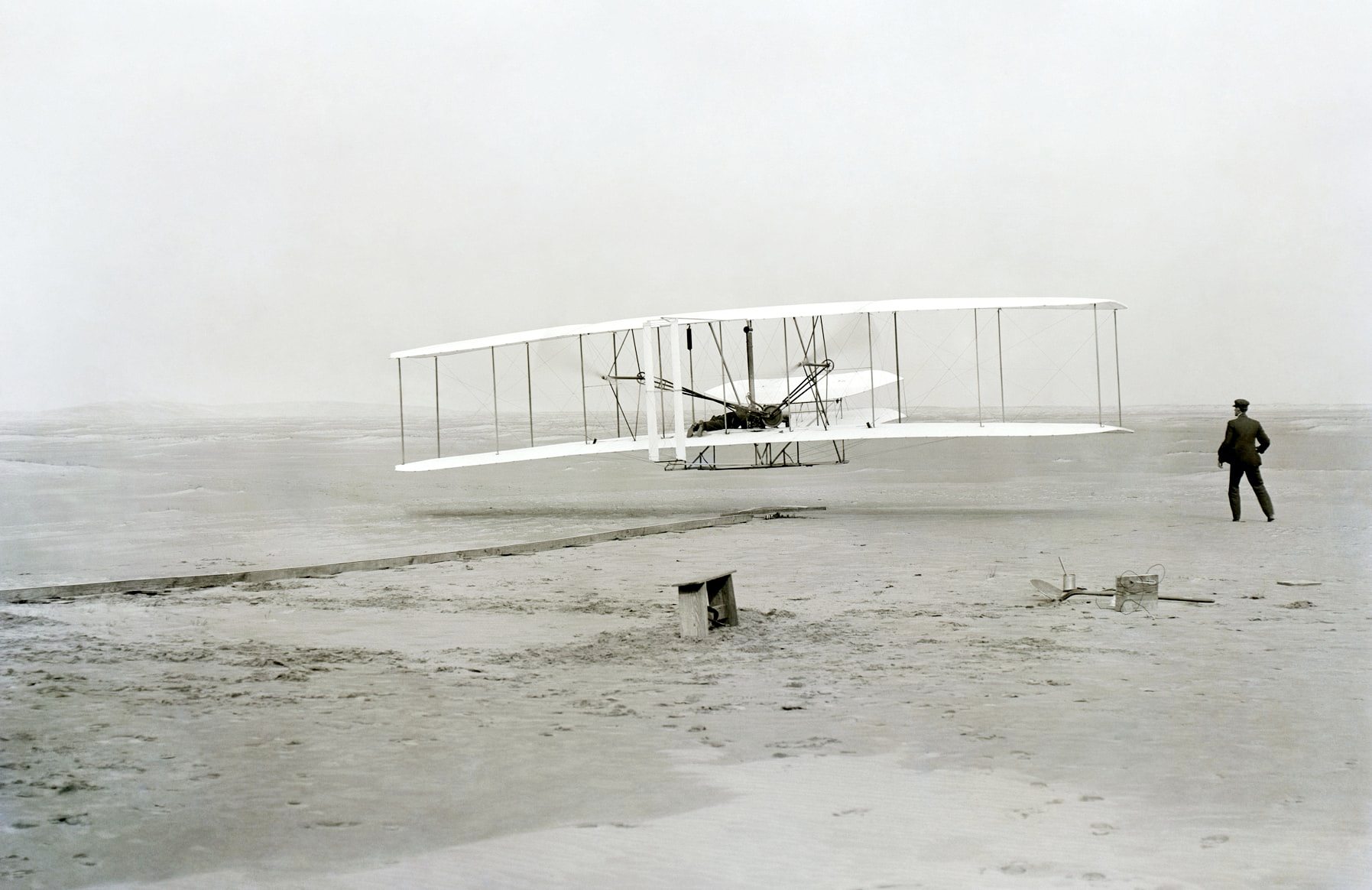
The eureka moment came when they developed a control system from first engineering principles. This featured: cables and pulleys to control the wing, a hinged rudder to aim the plane during turns, and a forward elevator to control up and down movement. This control system was the breakthrough they had been looking for and it was patented even before the airplane itself. And the rest as they say is history.
Today an all too familiar ‘race to the skies’ is underway. Fixed wing, rotary wing and hybrid VTOL companies are all vying for position and a share of the urban air mobility market[2], which is projected to reach $9.1 billion by 2030, up from $2.6 billion last year.
The sheer array of solutions available today, some with 18 propellors[3] others with 16 vertical lift fans[4], suggests that we have lost our way somewhat. Unlike the Wright Brothers, these solutions are not being designed from first engineering principles, or from bio-inspired learnings. Instead, brute force is being applied to overcome power management challenges and to help the performance of the onboard battery systems. Surely there is a better way?
If we have learnt one thing from the Wright Brothers, it is that long lasting legacy comes from thinking differently. From boiling complex challenges down to their fundamental parts and following a scientific framework to find original, worthwhile solutions.
Wright’s control solution involved morphing wings, something which provides huge advantages to birds, bats, and insects, but is only just beginning to be explored again in aeronautical engineering. For the last hundred years aeroengineers relied on ailerons and elevators – hinged flaps on the wings and tail – for control. These are simple to engineer, but aerodynamically and mechanically flawed since the hinge-point causes drag and provides an obvious mechanical point-of-failure. Wing-warping is mechanically more challenging to implement but aerodynamically far more elegant.
Often, we do not need to look any further than mother nature to find the answer. Nature has provided the ultimate rule book on how to move, communicate, and problem solve. It is intrinsically safe, efficient, robust, and stealthy and unlike human nature, it does not over engineer or complicate. That is why we are today all celebrating Wright Brothers Day, inspired by their work and their approach to problem solving and following in their footsteps, developing autonomy platforms and systems, built from first principles thinking, with a bio-inspired engineering edge. We must maintain a particular focus on safety and efficiency: flight in turbulent air, movement through water and the software and propulsion engineering to support these systems.
While the world may not yet be ready for flying taxis and personal transport, there is an immediate need to address urgent, complex, and dangerous operational challenges across the globe, whether that is providing re-supply to more dispersed military troops around the globe, humanitarian aid in crisis zones, improving emergency response procedures in difficult to reach places, or reimagining agriculture.
If great, unique design can help us to tackle these issues today, then these same solutions stand to last the test of time.
[1] https://invention.psychology.msstate.edu/i/Wrights/library/Aeronautical.html
[2] https://www.marketsandmarkets.com/Market-Reports/urban-air-mobility-market-251142860.html
[3] https://www.volocopter.com/
[4] https://www.leoflight.com/





